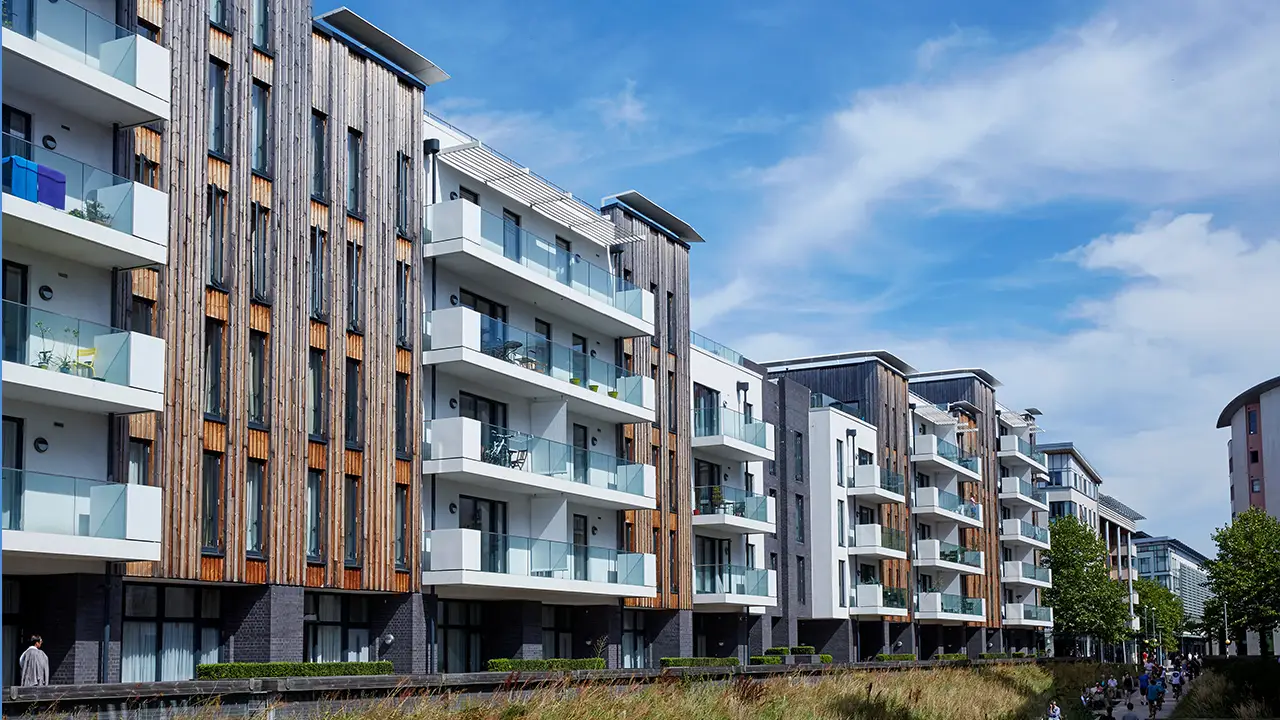
Residential Towers and Condominiums
Residential tower and condominium monitoring with vibration sensors and structural assessment nationwide.
- Drift Monitoring
- Vibration Monitoring
- Foundation Monitoring
Request a sector consultation
Align your thresholds, instrumentation, and reporting with our PE-led team. We respond within one business day with tailored deployment options.
Residential towers and condominiums require structural monitoring to protect occupants and property values in densely populated urban areas. High-rise buildings experience wind-induced sway, foundation settlement, and vibration from nearby construction. Seismic monitoring protects against earthquake damage in active regions. Building owners face liability concerns from structural movement affecting habitability. Facade and balcony monitoring prevents falling debris hazards. Vibration monitoring addresses occupant comfort during high winds. Nationwide deployment covers diverse building codes and seismic zones, from coastal high-rises to inland tower communities, ensuring consistent structural assessment for residential safety.
Popular Services in This Sector
Drift Monitoring
High-rise buildings sway in wind, affecting occupant comfort and structural integrity. Drift sensors measure lateral movement at building tops. Monitoring ensures compliance with building code drift limits.
Vibration Monitoring
Construction vibration and wind loading cause building vibration. Vibration sensors measure acceleration and frequency content. Data protects occupants from discomfort and prevents structural damage.
Foundation Monitoring
Urban foundation settlement affects building stability and alignment. Foundation sensors track settlement and tilt over time. Monitoring supports warranty claims and prevents cosmetic cracking.
Seismic Monitoring
Buildings in earthquake zones require damage assessment after seismic events. Seismic sensors record ground motion and building response. Monitoring supports reoccupancy decisions following earthquakes.
Facade Monitoring
Building facades can detach during wind events or due to corrosion. Facade sensors monitor movement and stress. Monitoring prevents falling debris hazards to pedestrians below.
Crack Monitoring
Concrete and masonry cracks indicate structural distress in aging buildings. Crack monitors measure opening and movement. Data supports repair prioritization and habitability assessments.
Frequently Asked Questions
What wind monitoring do residential towers need nationwide
Residential towers nationwide require drift and vibration monitoring during high winds. Sensors measure building movement and occupant comfort levels. Nationwide deployment covers diverse wind zones and building heights.
How does foundation monitoring work for condominiums
Foundation sensors track settlement under condominium buildings. Data correlates with construction activities and soil conditions. Nationwide monitoring supports warranty requirements across urban developments.
What seismic monitoring is required for high-rise buildings
Seismic sensors record earthquake ground motion and building response. Data supports damage assessment and reoccupancy decisions. Nationwide deployment covers seismic zones from California to the East Coast.
How do facade sensors protect residential buildings
Facade sensors monitor panel movement and attachment integrity. Data detects loosening before detachment occurs. Nationwide monitoring prevents falling debris incidents in urban areas.
Example of Our Capabilities
Sector Type
Residential Towers and Condominiums
Situation
Condominium association needs to monitor building drift during hurricane season
Our Approach
Install drift sensors at multiple building levels and establish wind correlation baselines
Expected Outcome
Real-time drift data dashboard with wind speed correlation and safety threshold alerts
